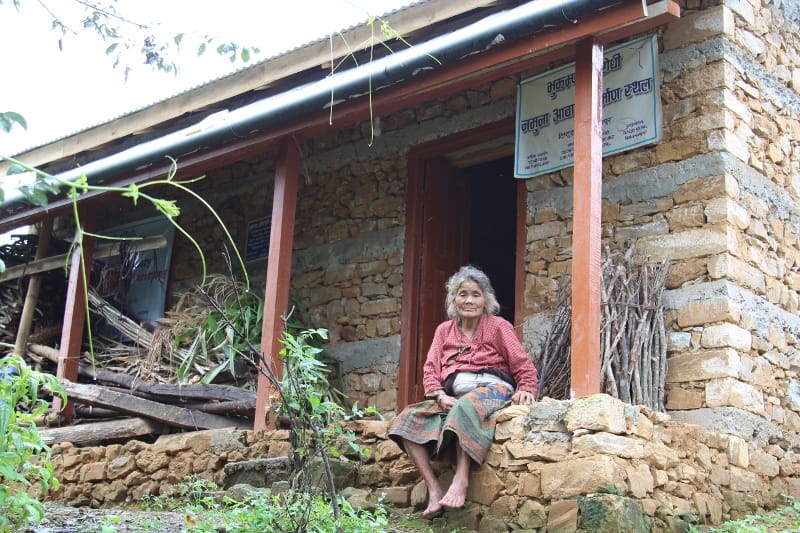Tearfund, this week celebrates the completion of 108 model houses in Palung, in the Makwanpur region of Nepal. Tearfund was one of the first agencies to start building permanent, earthquake-resilient shelters following the 2015 earthquake, which killed nearly 9,000 people, injured 22,000 and left millions homeless.
With Nepal positioned in a zone of high seismic activity, the familiar maxim ‘prepare for the worst, hope for the best’ should be considered sound advice.
Douwe Dijkstra, Tearfund’s Country Director in Nepal explains: ‘It’s impossible to predict when Nepal will experience another serious earthquake, but there’s a lot that we can do to prepare for it and be ready. Over the past three years, we’ve been working with the most vulnerable in the community to fix the damage done to homes, water supplies, toilet facilities, and livelihoods. It’s as much about reducing the risk of another earthquake hitting people so hard as it is about recovery.’
Working with local authorities and alongside partner organisations, the Tearfund-led project has included the design and distribution of blueprints for earthquake resistant housing, which can be replicated in other parts of the country.
Thuli Maya, a 78 year old widow whose original home collapsed in the 2015 earthquake, was one of the first people to move from a temporary shelter into her new home. She explains the benefits of the design: ‘My old house was only made of mud and stone, but this house has layers of concrete reinforcements built in. I like this new home. Now that I am old, it is good to have a strong house to spend my days in.’
150 government engineers have received training on earthquake resistant construction technology. 708 local masons have received hands-on training in the required practical techniques needed to build these safer homes. And, as well as the model homes, 567 households have received grants to support the reconstruction of damaged houses with improved reinforcements.
Harka Bahadur Ghale, 23, a mason who took part in the training said: ‘Now I understand why the buildings in my village collapsed and have learnt the engineering concepts for safer construction. After the masonry training, my life changed, I was able to find employment in my own village. In all the new houses we’ve built we’ve used the earthquake resistant construction technology. Now we are safer from future quakes.’
Phurba Sange Tamang, 84, said: ‘Having received training, my son is now a lead mason in this community and has become a contractor of earthquake resilient building construction, sometimes going outside of the village to support other communities. Ultimately this has helped to improve our family's financial status and we are able to send my grandson to Kathmandu for his study.’
ENDS
For further information or interview requests call Sarah Baldwin on 07776 211518 or contact the Tearfund Media Team on 0208 943 7792. For out of hours media enquiries please call 07710 573749.
Notes to editors:
- This project focused on ‘Recovery, Rehabilitation and Resilience building for vulnerable earthquake affected population in Nepal’ and was funded by Tearfund’s appeal for the Nepal Earthquake, The UK Disasters Emergency Committee (DEC), Tear Netherlands and ZOA.
- 2,000 catalogues detailing the designs for 20 different styles of earthquake resistant models of housing have been widely distributed and continue to be in use.
- As well as developing and building earthquake resistant housing, Tearfund has worked with village committees to train volunteers in first aid, light search and rescue and working with local government, has set up mechanisms for rapid relief in the event of an emergency. This has already been put to use following local landslides.
- Photo caption: Thuli Maya, 78, sits outside her new earthquake resistant home. Makwanpur, Nepal.
About Tearfund
Tearfund is a Christian relief and development agency and a member of the Disasters’ Emergency Committee. Founded in 1968, Tearfund has been working around the world for 50 years responding to disasters and helping lift communities out of poverty. For more information about the work of Tearfund, please visit www.tearfund.org.










